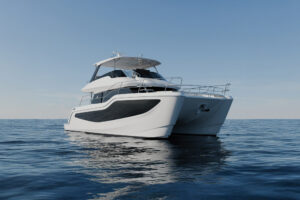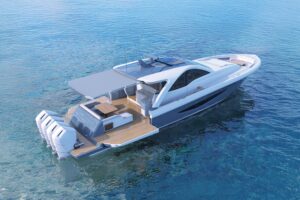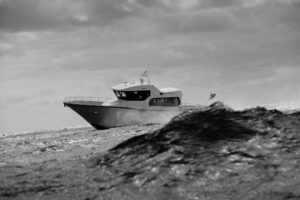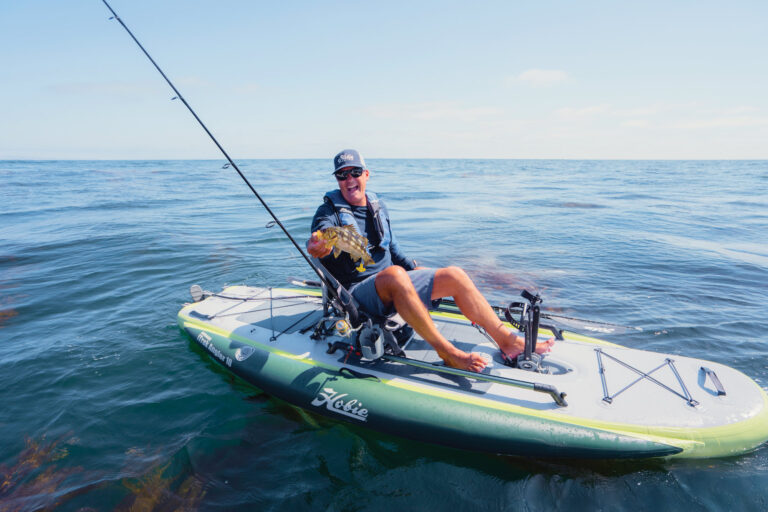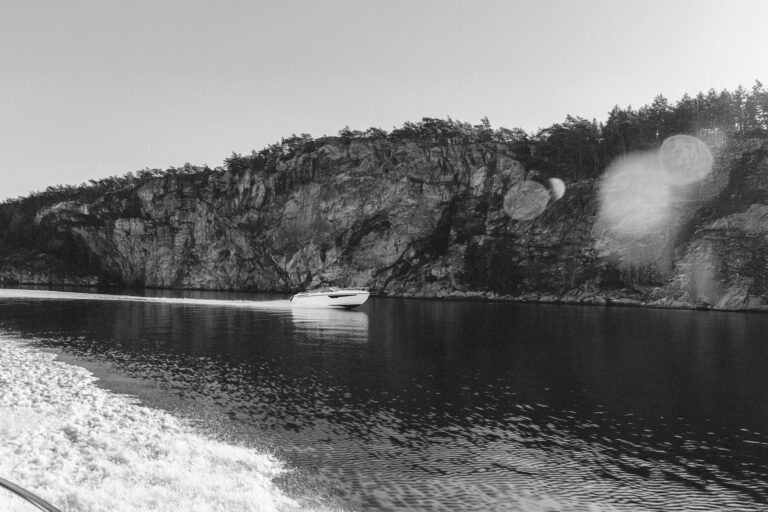
Few messages could rattle the mind of a marine editor like the ones that said: “David Marlow would like a word.” It’s because he strived for perfection and demanded a lot of himself, as well as from everyone who built his boats and wrote about them. His Explorer and Voyager yachts were intended to cross oceans, and when you’re out there on the big blue, things need to work the way they’re supposed to work.
Almost was never good enough. Excellence, always, was the standard he set, right down to the way people behaved in the shipyard. A wayward cigarette butt or gum wrapper would frustrate him, and he invested a lot of effort in improving environmental standards across the whole of the boatbuilding process.
The marine gene fired up early inside Marlow, who started building boats when he was just 12 years old. They were canoes, made from metal that he gathered when it went unused in chicken coops. As if that kind of scrappiness and creativity wasn’t a sign of things to come later in life, he also created a canoe club and charged his young pals $10 apiece to join.
The ideas that led to the creation of his company Marlow Yachts started percolating seriously in the 1990s. He and naval architect Doug Zurn sketched out ideas for the Marlow Explorer 57C, 61C and 65C, and then went looking for a shipyard to build them.
The Explorer and Voyager lines have long been known for just what their names promise: exploring and voyaging. They were never intended to be dockside dandies; these yachts are constructed to shoulder their way through snotty seas. People who know their way around the docks worldwide describe Marlows as well-built, excellent sea boats, because the vessels’ namesake earned their trust. When David Marlow said a yacht was ready to cast off lines and head out, it was believable.
It’s been reported over the years that Marlow was inspired by the Rybovich brothers, Tommy, John and Amel, who were known for building top-notch sportfish yachts. As a teenager, Marlow would go to the Rybovich yard in West Palm Beach, Florida, and see Tommy mark up hulls that were under construction. Tommy would let the workers know if he could see blemishes, no matter how minute.
Again, the idea was to achieve perfection—in everything from craftsmanship and joinery to performance and systems design. Marlow was ardent that his yachts have a low center of buoyancy, saying that getting that element right was foundational in every design he created. It mattered, always.
He would happily share his opinions too—and they were smart opinions that pushed people to think. Marlow was a man who could have serious conversations that helped to move ideas in boatbuilding forward. And talking with him could feel like running around a playground, zipping from one topic to the next, all of them interesting and fun with depth that seemed to go on forever.
Marlow died at age 82 as a husband, father and grandfather. We remember him as a boatbuilder’s boatbuilder. Someone who had the artistic vision of what he wanted to create as well as the acumen to make the vision real. Icon is a term that gets thrown around too easily these days, but in the case of David Marlow, it’s fitting and deserved.


